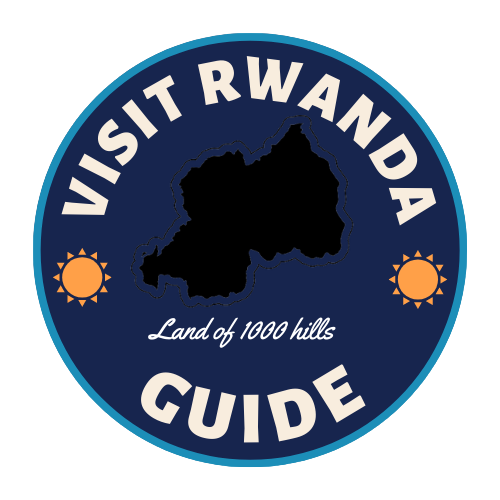Embark on an exhilarating journey through Rwanda’s misty mountains with our guide to gorilla trekking. This adventure balances weather patterns, accessibility, and conservation. Whether you’re an experienced adventurer or a curious traveler, knowing the best time for gorilla trekking in Rwanda is essential for a memorable experience.
Best Time for Gorilla Trekking in Rwanda
Rwanda’s dry seasons, from June to September and December to February, are ideal for gorilla trekking. The weather is pleasant with minimal rainfall, perfect for outdoor activities like gorilla trekking in Rwanda and chimpanzee tracking. However, the lush landscapes during the rainy seasons from March to May and October to November also offer unique experiences.
For successful gorilla trekking in Rwanda, book permits at least 6 months in advance, especially for the peak season from June to September.
Rwanda’s Climate Guide
Rwanda enjoys a mild and temperate climate with average temperatures between 66°F and 73°F. The dry season runs from June to mid-September, and the wet season from mid-September to May. The dry season is ideal for gorilla trekking in Rwanda, especially in Nyungwe Forest and Volcanoes National Park. The weather is cooler and drier, improving wildlife viewing opportunities.
Month by Month Travel Guide
June to September and December to February are the best months for gorilla trekking in Rwanda. In June, the Kwita Izina ceremony, where baby gorillas are named, is a major event. From December to February, the warm, dry weather is perfect for gorilla trekking and safaris. The rainy seasons offer lush landscapes and unique experiences, but outdoor activities might be challenging.
Trek Duration and Difficulty
Gorilla trekking in Rwanda varies in length and difficulty. Treks range from 1 to 4 hours each way. Terrain, vegetation, and weather influence trek difficulty. Bwindi Impenetrable National Park in Uganda has dense vegetation and steep slopes, while Volcanoes National Park in Rwanda offers easier treks.
Prepare with appropriate clothing, hiking boots, water, and a walking stick. High altitude can be challenging, so acclimatization is important.
Fitness Level for Gorilla Trekking
Gorilla trekking in Rwanda requires moderate fitness. Rugged terrain, dense vegetation, and changing weather conditions are challenging. However, porters and hiking sticks offer support. It’s essential to assess your fitness for several hours of walking in challenging conditions.
Read also: Best Time to See Gorillas in Rwanda: A Guide to Planning Your Trek
Improving Fitness for Gorilla Trekking
To prepare for gorilla trekking in Rwanda, focus on endurance, strength, and flexibility. Training ensures you can navigate rugged terrain and steep inclines, enhancing your trekking experience.
Visiting Rwanda
The best time for gorilla trekking in Rwanda is during the dry seasons. However, the rainy seasons also offer stunning scenery and wildlife viewing opportunities. June to September is best for trekking, while December to February is great for safaris.
Seasonal Insights
From March to May, Rwanda experiences heavy rainfall. This period is great for chimpanzee tracking but challenging for gorilla trekking in Rwanda. The landscape becomes vibrant, ideal for photographers and nature enthusiasts.
From June to September, the dry season offers clear skies and mild temperatures, perfect for gorilla trekking in Rwanda. Wildlife sightings, including gorillas, are more frequent.
October to December, a transitional period, offers a mix of weather and celebrations, making it a unique time for visiting Rwanda.
Gorilla Tracking & Safari Experience
Experience an 11-day Gorilla Tracking & Game Viewing Safari. It includes wildlife adventures in the Ngorongoro Crater, Northern Serengeti, and gorilla trekking in Rwanda. Witness the Big Five, partake in the wildebeest migration, and track mountain gorillas. Stay in luxurious lodges and enjoy expert guides throughout your journey.
Cost Considerations
Gorilla trekking costs vary based on permits, accommodation, and tour providers. Permit fees contribute to conservation and community support. Tipping guides and porters, who are essential for a successful trek, is recommended.
In summary, for an unforgettable gorilla trekking experience in Rwanda, plan your visit during the dry seasons and book permits well in advance. Prepare physically for the trek and embrace the unique beauty and wildlife Rwanda offers throughout the year.

